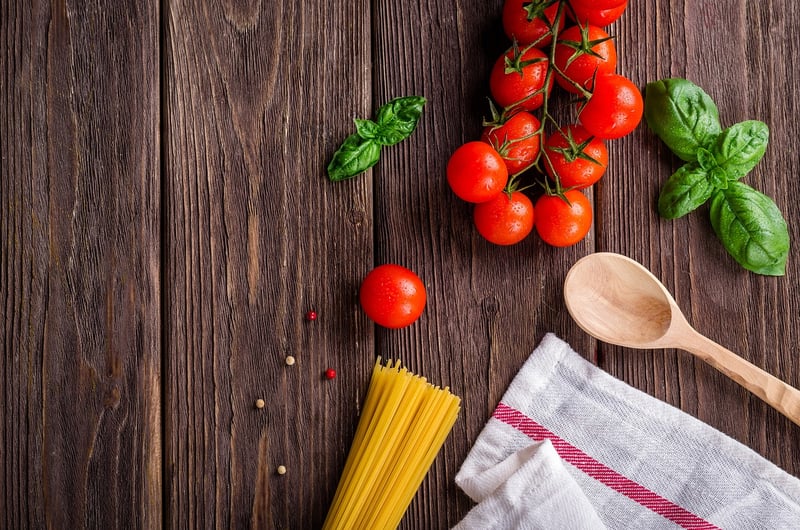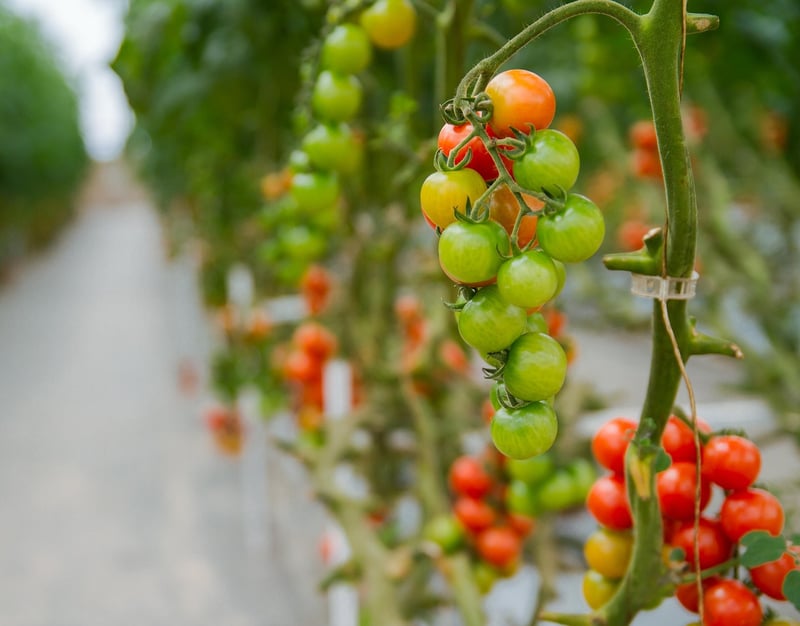Commercial Use
The Future of Innovative Food Production for Commercial Use

In today's rapidly evolving world, innovative food production techniques are revolutionizing the way we grow, process, and consume food. These advancements not only cater to the increasing global population but also offer sustainable solutions to food security and environmental challenges.
Vertical Farming
Vertical farming is a cutting-edge method that involves growing crops in vertically stacked layers, often in controlled environments. This technique maximizes space efficiency, reduces water usage, and minimizes the need for pesticides. Companies are increasingly adopting vertical farming to produce fresh, local produce year-round.
Lab-Grown Meat
Lab-grown meat, also known as cultured or synthetic meat, is produced by in vitro cultivation of animal cells. This process eliminates the need for traditional animal farming, significantly reducing greenhouse gas emissions and land use. With ongoing research and development, lab-grown meat is poised to become a mainstream option for environmentally conscious consumers.

3D Food Printing
3D food printing involves the layer-by-layer deposition of edible materials to create intricate food designs. This technology allows for customized nutrition, texture, and taste, making it ideal for personalized nutrition or specialized dietary requirements. From chocolate sculptures to functional foods, 3D food printing offers a glimpse into the future of culinary innovation.
Hydroponics and Aquaponics
Hydroponics and aquaponics are soil-less farming techniques that utilize nutrient-rich water solutions to grow plants. Hydroponics focuses on plant cultivation, while aquaponics combines plant growth with fish farming in a symbiotic environment. These methods enhance resource efficiency, promote crop diversity, and provide a more sustainable approach to agriculture.

As the demand for innovative food production continues to rise, businesses are harnessing technology and scientific advancements to create a more efficient and sustainable food system. By integrating these cutting-edge methods into commercial practices, companies can meet consumer needs, reduce environmental impact, and contribute to a healthier future for all.
Embrace the future of food production – where innovation meets sustainability!
